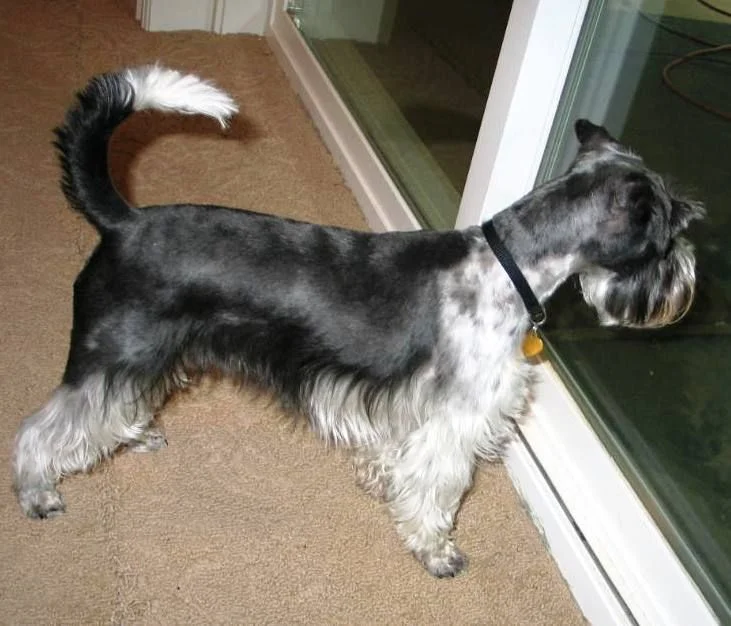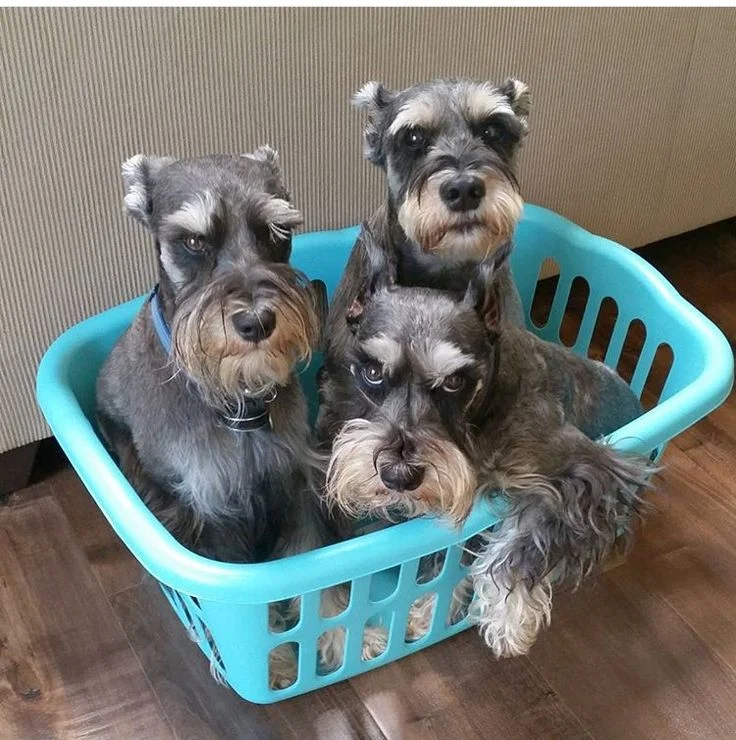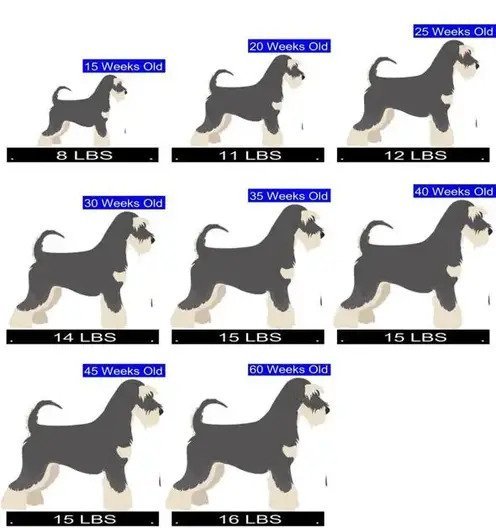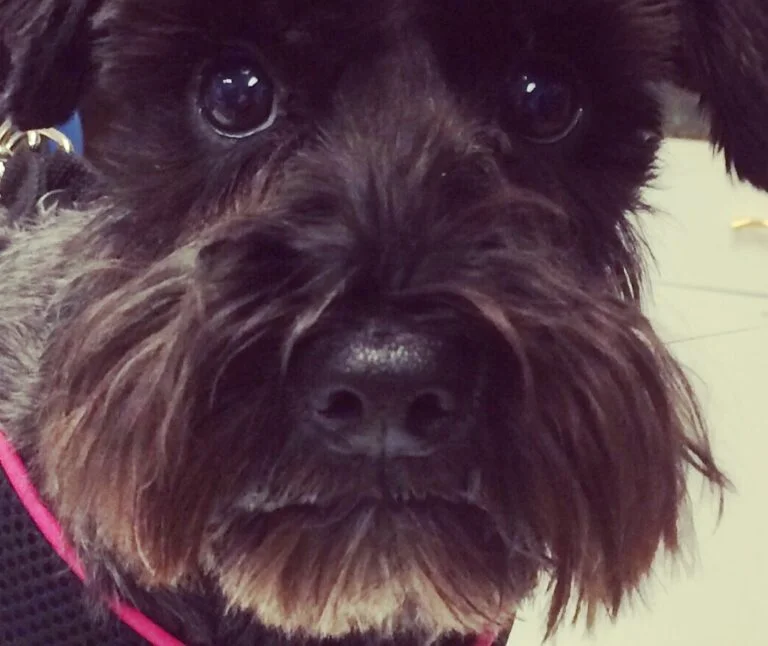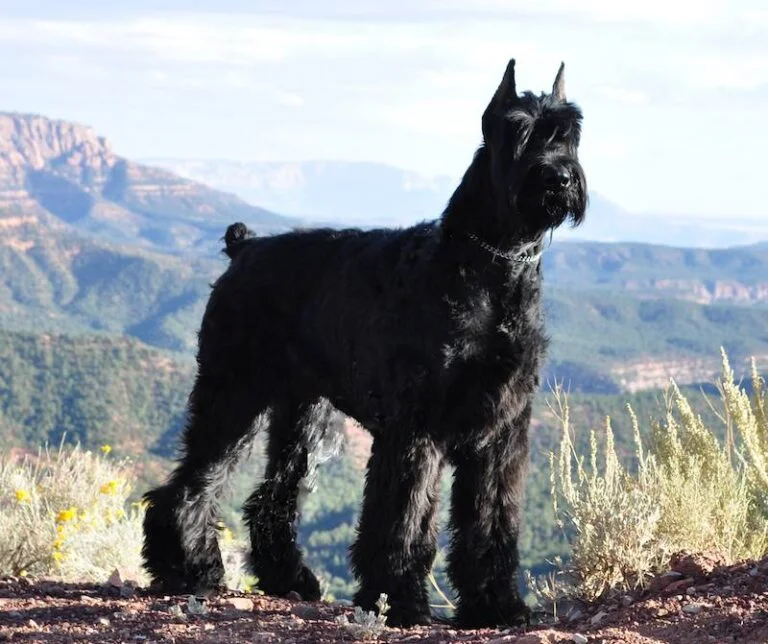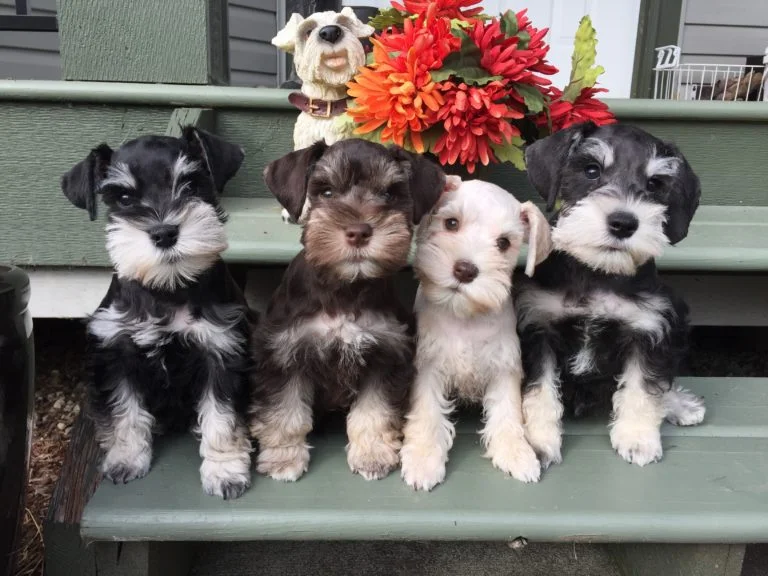What Does a Schnauzer Tail Look Like?
Every dog breed has traits that distinguish it from the rest, and for the Schnauzer, one of its most defining characteristics is its tail. The question – “what does a Schnauzer tail look like?” – might seem simple, but there’s a rich tapestry of history, tradition, and even controversy woven into the answer. Join us as we delve deeper into the world of the Schnauzer’s tail.
1. A Glimpse at the Natural Schnauzer Tail
When undocked and in its full glory, the Schnauzer’s tail is a sight to behold. It’s long, slightly arched, and comes to a slender point. Covered in a thick coat of wiry fur, similar to the rest of the Schnauzer’s body, the tail often sways and moves, reflecting the dog’s emotions.
2. The Rich Historical Backdrop of the Schnauzer’s Tail
To truly appreciate the modern-day Schnauzer tail, it’s imperative to look back in time.
a. Working Beginnings:
The Schnauzer wasn’t always the family companion we know today. Originally a working dog, Schnauzers had duties ranging from herding to guarding. In these roles, a long tail was seen as vulnerable – prone to injury or even grabbing by predators or aggressive animals.
b. Communication Clarity:
Beyond just safety, a docked tail was believed to facilitate better communication between the Schnauzer and its human partners. With less tail to interpret, the cues were clearer and more immediate in high-stakes situations.
3. Docking: A Traditional Practice Now in the Limelight
While docking was a historically functional decision, it has become one of the most hotly debated topics in the dog-loving community today.
a. Rising Welfare Concerns:
As society becomes increasingly conscientious about animal rights, many argue that tail docking is no longer a necessity, especially for non-working dogs. There are concerns about the pain associated with the procedure, and whether the aesthetic value truly outweighs the welfare of the dog.
b. The Legal Landscape:
With changing attitudes come changing laws. Many countries have reconsidered their stance on tail docking for purely cosmetic reasons. Some have enacted stringent regulations, while others have completely banned the procedure.
c. The Appeal of Natural Tails:
Today, there’s a rising trend among Schnauzer enthusiasts who advocate for and celebrate the natural tail. They believe it gives the Schnauzer a graceful, balanced appearance and serves as a more genuine representation of the breed.
4. Emotions, Signals, and The Schnauzer Tail
A tail does more than just balance or beautify a dog; it’s a communication tool. By observing the tail of a Schnauzer, one can glean insights into its feelings.
a. The Language of Wagging:
For the Schnauzer, a rapidly wagging tail is an unmistakable sign of excitement or joy. In contrast, slower wags might suggest a relaxed and content state.
b. Tail Position Tells a Tale:
A lifted or upright tail often indicates alertness or dominance in many dog breeds, including the Schnauzer. On the flip side, a tail tucked between the legs is universally seen as a sign of fear or submission.
5. Essential Tail Care for Schnauzers
Irrespective of its length, the Schnauzer’s tail demands diligent care.
a. Grooming Essentials:
The tail’s dense, wiry fur can become tangled or matted if neglected. Regular brushing and occasional trims ensure it remains in prime condition.
b. Health Watch:
A change in tail movement or position can signal health concerns. For instance, a droopy tail might indicate pain or discomfort and should prompt a veterinary check.
c. Safety First:
Especially for Schnauzers with undocked tails, owners should ensure safe environments. Play areas should be free of obstacles where the tail could get trapped or injured.
6. The Tail: A Window to the Schnauzer’s Soul
For many, a dog’s tail, whether long or docked, isn’t just an appendage – it’s an expressive tool. The Schnauzer’s tail, in all its forms, captures the essence of this breed’s vibrant personality.
Conclusion:
So, when someone asks, “What does a Schnauzer tail look like?”, the answer is multifaceted, deeply rooted in history, and intertwined with modern perspectives. Whether you’re a fan of the natural, flowing tail or the traditional docked appearance, there’s no denying the tail’s central role in the Schnauzer’s identity.

